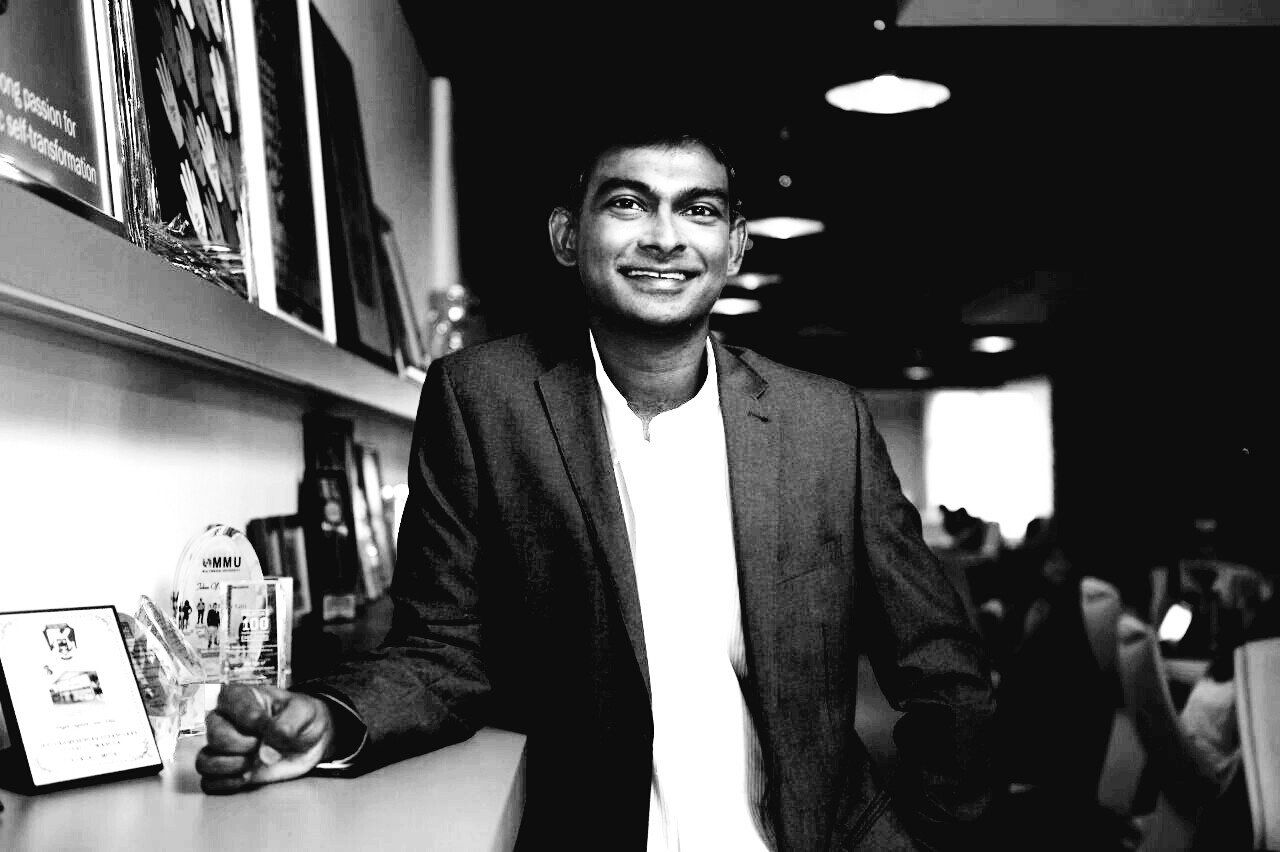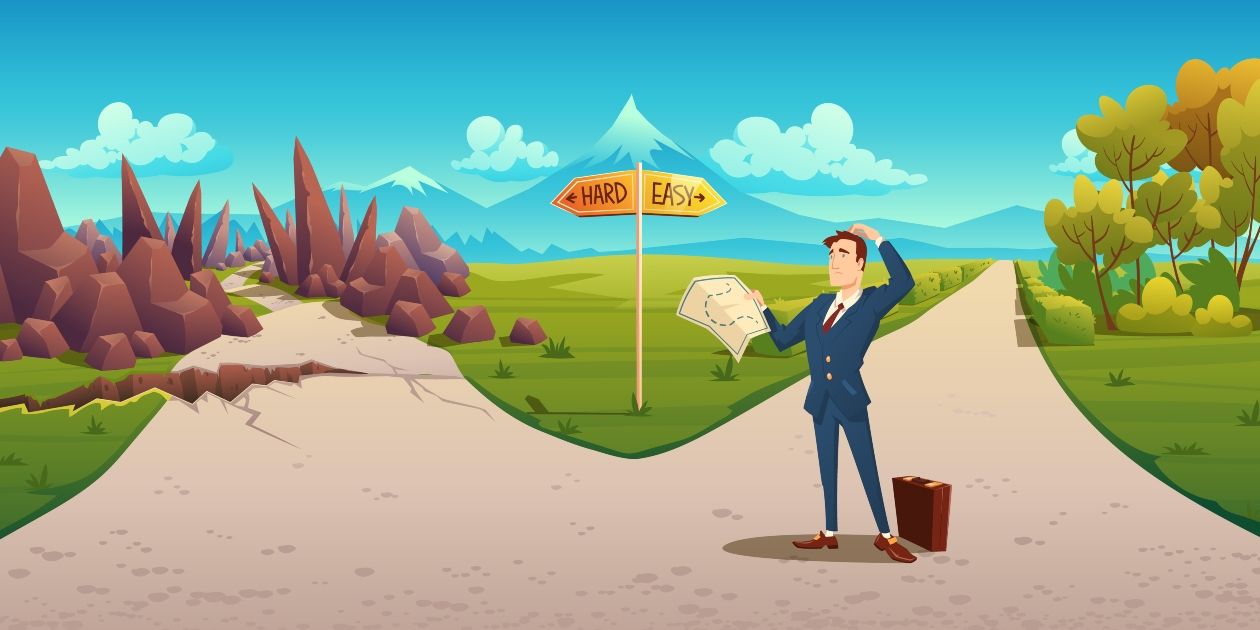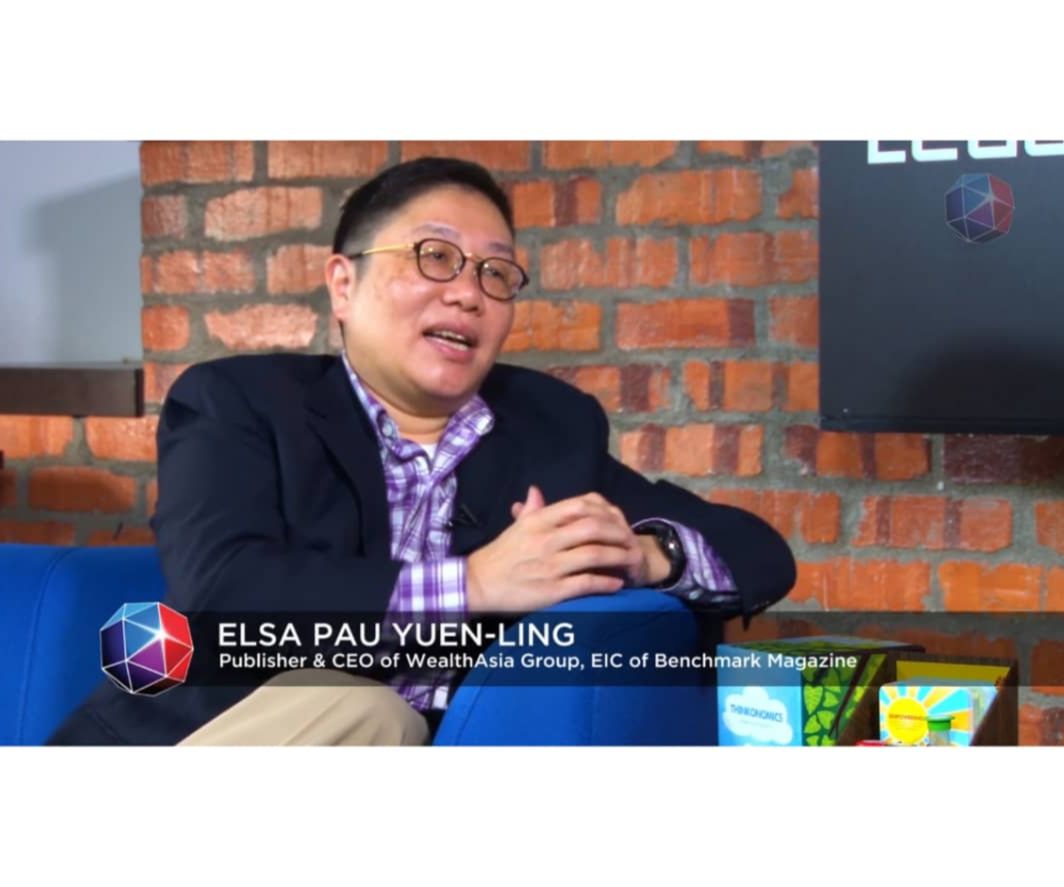Are You Relentless In Pursuing Your Dream? Akio Morita’s Vision Enabled Sony To Soar

Photo Credit: Alkounouz
“Our plan is to lead the public with new products rather than ask them what kind of products they want. The public does not know what is possible, but we do.” Most will ascribe this quote to Steve Jobs. But this was a statement made by Akio Morita, the co-founder of Sony, years before Jobs.
Sony is an amazing story of how Morita’s determination and relentless pursuit of his vision enabled the “Made in Japan” tag, a symbol for substandard products and shoddy imitations in the 50s, to be reinvented into a highly respected, premium identifier.
In 1999, when he died, a poll conducted listed Sony as the No. 1 brand name among US consumers, superseding American companies like General Electric (GE) and Coca-Cola. But how did he take a tiny radio repair shop and turn it into one of the most innovative global electronics and entertainment giant?
It begins with a vision
Morita was born to a wealthy family involved in the sake brewing business for 14 generations. As the eldest son, he was groomed as successor at an early age, attending board meetings from the age of 10 and was taught the science of the sake brewing industry.
However, as a teenager, he realised that he was more interested in mathematics and physics, becoming a passionate electronics hobbyist. Morita passionately studied electronics in his spare time, succeeding to build his own radio and phonograph.
He somehow convinced his father to allow his younger brother to run the sake brewery and studied physics at the Osaka Imperial University. Upon graduation, Morita joined the Japanese navy and was assigned to the Naval Research Centre, where his passion for electronics was enhanced.
There, he met Masaru Ibuka, who shared a similar passion for technology. With an initial capital of 190,000 yen (about US$500) the Tokyo Tsushin Kogyo Kabushiki Kaisha (Tokyo Telecommunications Engineering Corp) was formed.
Whilst Ibuka and him were both passionate about electronics, Morita felt another burning desire – to help change the image of Japan in the eyes of the world. He saw a defeated Japan and believed that his company could help restore Japan to a triumphant nation once again. And his vision for his nation started being implanted into the vision of his new company.
In the 50s, Morita established that their core purpose was to be a pioneering company, which did the impossible. Additionally, the future they envisioned included the following:
-
Become the company most known for changing the worldwide image of Japanese products as being of poor quality. Made in Japan will mean something fine and not shoddy
-
Create products that become pervasive around the world
-
Be the first Japanese company to go into an American market and distribute directly
-
Fifty years from now, the brand name will be as well-known as any on Earth
This might interest you: Charismatic Leaders Vs. Visionary Leaders: Seven Indicators
Morita then worked tirelessly to make this vision a reality. In October 1999, he died after a severe attack of pneumonia. Like Jobs, tribute after tribute was poured out on the man who took Japanese technology to greatness.
A key analyst remarked, “He had personally played a leading role in transforming Japan’s economy from post-World War II shambles to a superior player in the global marketplace.” Fifty years after this vision statement was crafted, Japan had risen from the ashes of disgrace to a new leader in technology. Morita realised his vision.
No sacred cows
So, how did Morita achieve the impossible? The best leaders are single-minded and relentlessly focus on their vision. Morita knew that if he was to make Japan great again, he would have to emulate the great economies of the West.
In 1952, he decided to take a trip to the United States and Europe to explore the gap between Japan and the West. During the trip, he learnt that nobody could pronounce Tokyo Tsushin Kabushiki Kaisha (his company’s name). He decided he needed to change the name.
This may seem like a simple thing to do, but it was frowned upon by everyone. A name is a sacred cow. But Morita knew this had to be done. After considerable research, the duo decided to use the name “Sony”, derived from the two words “Sonus”(Latin for sound) and “Sonny” (English slang for bright and young boys).
Morita recalls,
We made basic rules for adopting our new name. Firstly, a name must be international. Secondly, it must be simple, short, easy to remember. Thirdly, it must be pronounced with the same sound all over the world. Finally, we found some Latin word, ‘sonus,’ which means sound, and also English word, ‘sonny,’ used as ‘sonny boy,’ for a cute boy. We thought we were a group of sonny boys handling the sonus products.
He then broke from tradition by not using a company symbol on his products but used just the name “Sony”. The “cute boys” with their determined hearts then set about achieving the next part of their vision – first ensuring they had breakthrough products, and then “going to America”.
Vision under fire
Morita knew Sony had to make great products that had to be successful in the United States and not just Japan. After developing Sony’s first transistor radio, he went out to American distributors to sell his product. Yet, months went by and not a sale in sight.
Morita was at the point of giving up when finally Bulova, a watch company, saw the radio and said they would take 100,000 units provided it was marketed under the Bulova name. This meant that Sony would become an OEM and Boluva would be the brand of the radio.
For Morita and Sony, this was a colossal order, worth more than Sony’s total market capitalisation. The Sony board members were ecstatic and together with co-founder Ibuka urged Morita to quickly sign the deal. Instead, he ignored his board and refused to sign the deal. In his mind, his vision for Japanese brands to become global would be diluted if he was a mere outsourcer for Bulova. He stayed firm to the vision.
His relentlessness finally paid off when he found a distributor who agreed to his terms – sell the radio under the Sony brand. And Americans loved Sony and its radio.
The great products at Sony played a huge part in transforming the worldview of Japanese products. Morita believed that the only way to develop innovative products was to always break the rules of the game and stay two steps ahead. And so Sony worked tirelessly to introduce various innovative products ensuring it became the Cadillac of electronics.
Suggested reading: Three Challenges That Derail Leaders
Going to America
The hardest challenge was winning in America. In 1961, Sony became the first Japanese company on the New York Stock Exchange. But Morita felt that for him to win over America, he needed to be there. So, in 1963, he packed his bags with his whole family and moved to the United States.
Here was a CEO who truly believed that he needed to experience first-hand how to sell and win in the US market himself. Morita was personally dedicated to ensure the Sony vision was realised. He rationalised that to sell to Americans successfully, he would have to know more about them and how they lived.
But Morita knew that to win big in the United States required something different, adding “I knew we needed a weapon to break through to the US market, and it had to be something different, something that nobody else was making.” Morita moved to the United States primarily to learn. He adds “Carefully watch how people live, get an intuitive sense as to what they might want and then go with it. Don’t do market research.”
His observations led him to notice America’s love for music. He saw Americans listening to music in their cars and even carrying large stereos to the beach or the park. Enter the Walkman– a product that offered high quality sound but was incredibly portable. Akio had significant resistance in Sony to develop such a product. But he knew that he had to create a product that would revolutionise the world.
And he pushed his team extremely hard till they finally created it. Many of his leaders had reservations about the awkward name but again, he mandated every Sony subsidiary to use that name.
The Walkman was a big bonanza for Sony because its technology proved to be difficult to duplicate. It was more than two years before others could introduce competing models. By that time, Sony reputation and brand recognition had soared globally. The Walkman announced the arrival of Sony, changing the world’s perception of Japanese products.
Final thoughts
This never-ending relentless focus on achieving “the vision” is a key ingredient of leaders. Firstly, they are clear what the vision is and then they are single-mindedly focused on execution to ensure the vision becomes a reality. Morita had an impossible vision. Trying to “reinvent” Japan in 50 years would have been something that most people would have laughed at. But he was undeterred and kept the faith. And he pursued that strategy with his relentless brand of energy and passion.
There were so many obstacles to overcome. Sony’s beginnings were extremely turbulent. Sony’s first product was a rice cooker, but it burned the rice. But Morita never gave up his dream. He kept fighting till the Walkman and the Discman changed the world.
What’s your vision? Are you clear on the vision and its timeline? And are you executing with a single-minded focus on achieving your vision? Keep the fight. You will get your “Walkman” if you pursue it relentlessly.
To listen to its corresponding podcast, click play:
To watch its corresponding video, click play:
Roshan Thiran believes that everyone needs a dream and should relentlessly pursue that dream. Roshan is the CEO of Leaderonomics. To connect with him, follow him on LinkedIn or Twitter @lepaker.
Leadership
Tags: Vision, Growth, Business Model
Roshan is the Founder and “Kuli” of the Leaderonomics Group of companies. He believes that everyone can be a leader and "make a dent in the universe," in their own special ways. He is featured on TV, radio and numerous publications sharing the Science of Building Leaders and on leadership development. Follow him at www.roshanthiran.com







